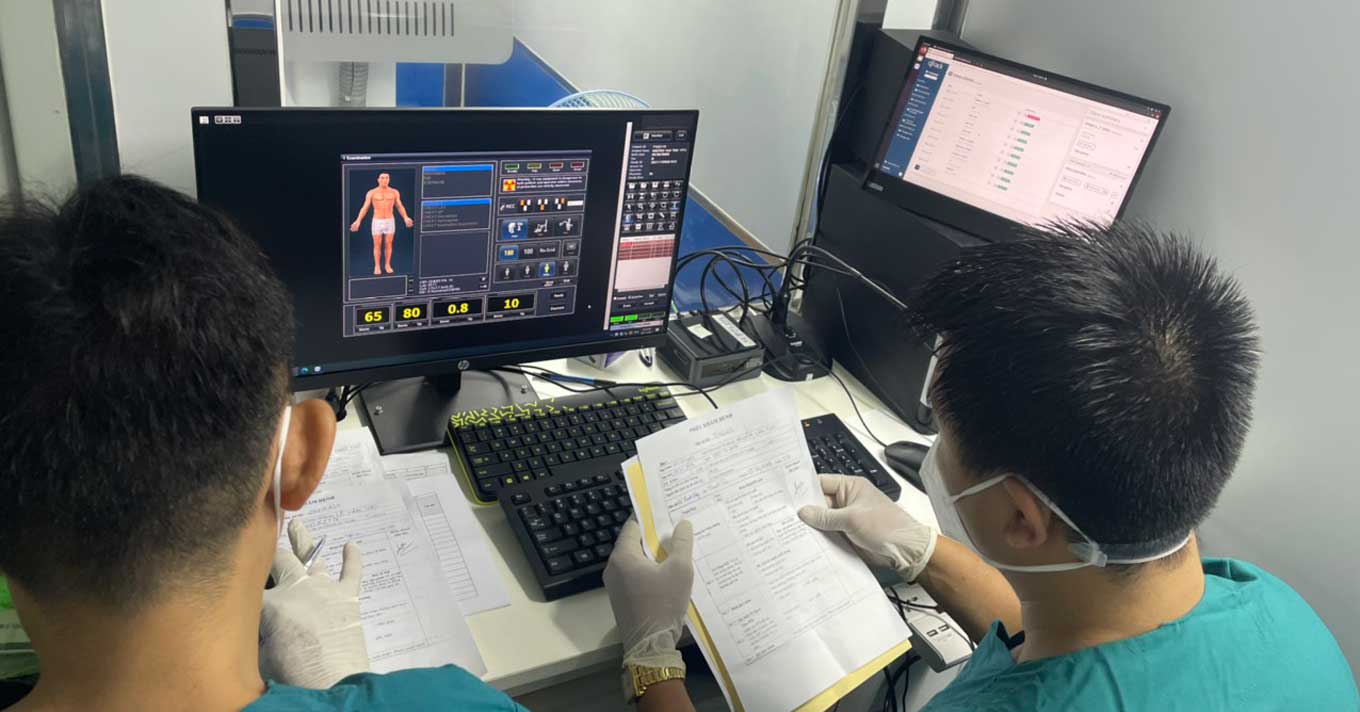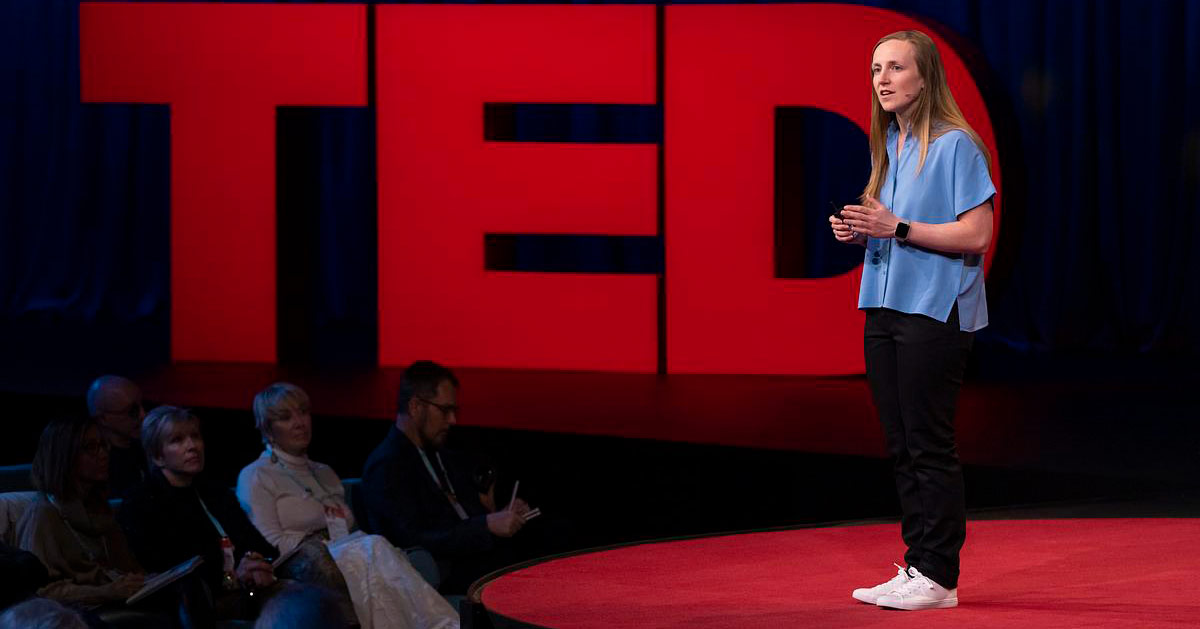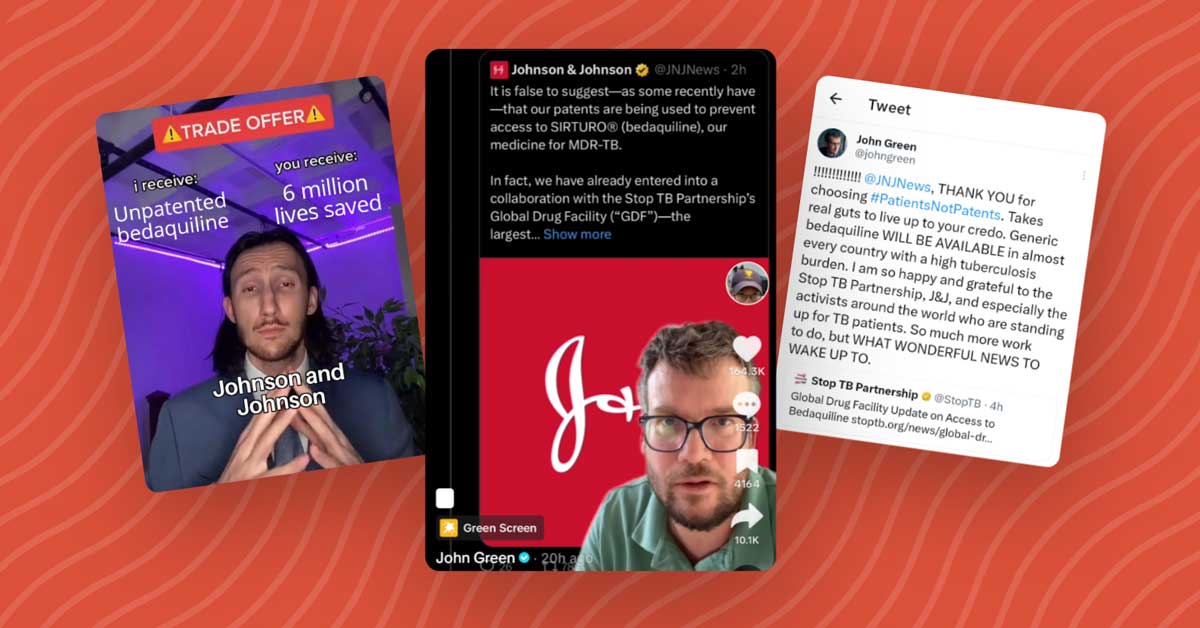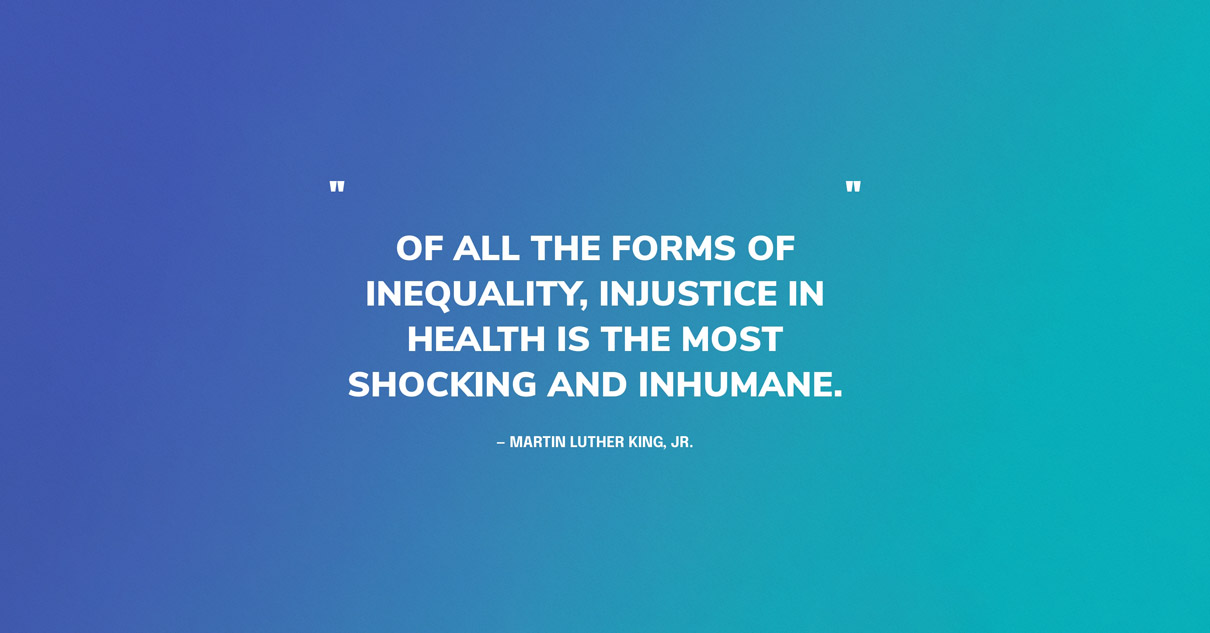Tuberculosis (TB) is a disease that spreads through the air when people cough, sneeze, or spit, meaning a person only needs to inhale a few germs to become infected.
It’s a disease that has plagued human history — and continues to kill people in swaths.
The World Health Organization (WHO) calculates that 10 million people across the globe fall ill with TB every year. And, although it is a highly preventable and curable disease, 1.5 million people still die each year because of it — making TB the world’s top infectious killer, only falling short of COVID-19.
John Green, an author and philanthropist who often talks about TB on TikTok, puts it into perspective:
“If you add up all the people who, in 2022, passed away due to conflict, homicide, malaria, typhoid, and cholera combined, it is still fewer than the number of people who died of Tuberculosis in 2022. What makes that fact crazy, of course, is that Tuberculosis is curable,” he said in a video. “Tuberculosis is caused by injustice; it is caused by inequitable access to healthcare.”
But the WHO aims to end the TB epidemic by 2030 — and researchers around the world are using the highest levels of technology to do so.
Take Vietnam, for example, one of 30 countries with the highest burden of TB globally. (An estimated 169,000 people became sick with TB in Vietnam in 2021).
FHI 360, a global organization that mobilizes research and resources to help people have access to healthy lives, and the National TB Control Program of Vietnam are starting at the helm: Accurately diagnosing TB so it can be treated expeditiously.
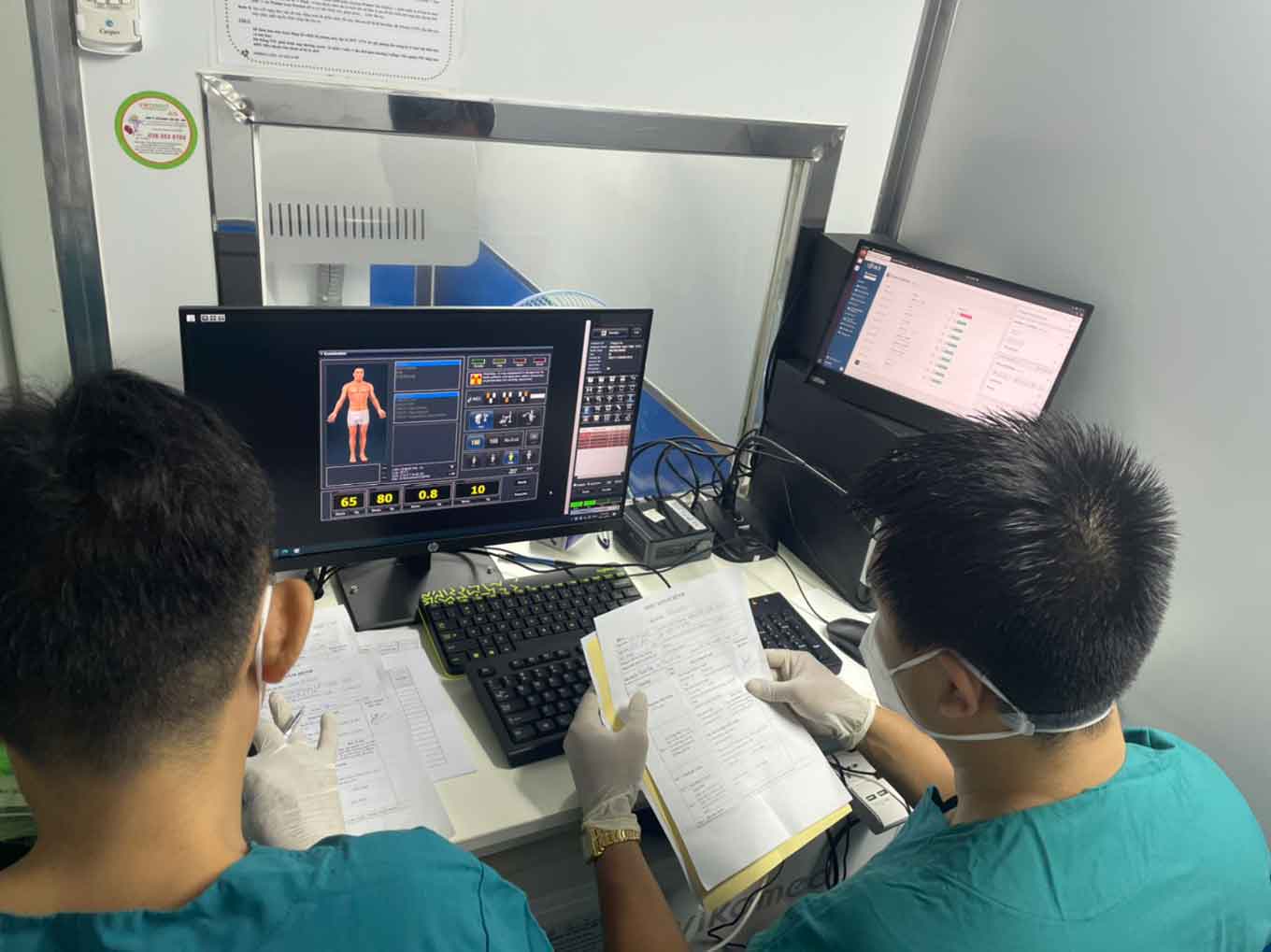
This effort, which employs the use of artificial intelligence to create a double detection system, works to diagnose and treat TB — all while ensuring that patients receive high-quality care without suffering catastrophic costs.
“You can’t diagnose TB through a self-test, like you can with HIV,” Anh Innes, MD, FHI 360’s senior technical advisor for Tuberculosis says. “You have to have an X-ray. So, to eliminate the disease, we must find the people with TB. We’re trying to simplify the diagnosis to make it more point-of-care within the community.”
This streamlined diagnosis uses an innovative approach called the Double X Strategy.
How does the Double X Strategy detect Tuberculosis?
FHI 360, along with the U.S. Agency for International Development (USAID) Support to End Tuberculosis project, utilizes the Double X Strategy to combine AI data and direct human professional support to rapidly and accurately detect TB.
The approach uses both X-ray machines and rapid diagnostic machines, called GeneXpert — reaching people both in hospitals and in community events with mobile units. It’s a win-win-win-win, if we did our calculations correctly.
To detect the disease (or lack thereof), a person at risk of having TB receives a chest X-ray. If the X-ray is abnormal, that person then receives a sputum test with GeneXpert, which can identify M. Tuberculosis DNA.
The test is completed in two hours and results are returned in one to two days. If the test results indicate that the patient has TB, they are started on treatment right away.
In 2020, these partner organizations held 18 community health events in seven Vietnamese provinces, reaching people who live with a TB patient, as well as those with higher TB risks. This led to 52,868 chest X-rays.
Of those scans, 7,968 were determined to be “abnormal” for TB, and 7,747 people were then tested with GeneXpert, leading to 723 bacteriologically confirmed TB patients.
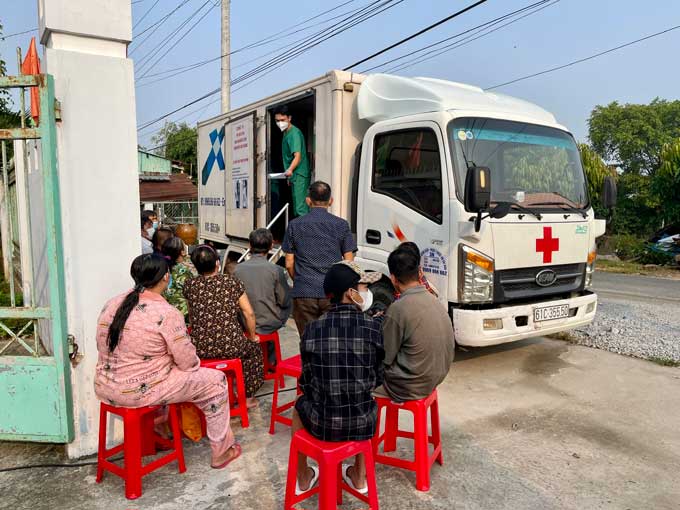
But where does AI come into play? As experts reach more people through high-volume mobile health screening events, X-ray analyses are aided by AI. Radiologists are able to interpret chest X-rays and quickly compare it with the findings developed by AI software for more accurate results.
In a recent study led by Dr. Frauke Rudolf from Aarhus University, researchers determined that the AI technology was able to match — or even outperform — professional radiologists in detecting TB.
In an analysis of the X-rays of 498 patients, including 57 diagnosed with TB, the AI software correctly identified 75% of the positive cases and showed an 85.7% accuracy rate in detecting negative results for patients who did not have TB.
The experiment was conducted on mobile phone photographs of chest X-rays, meaning this tech can be applied in underserved areas, where doctors can get a “second opinion” remotely by sending the scans to the AI.
FHI 360 and USAID use this technology in the Double X Strategy to maximize detection — and subsequent treatment.
“Using AI with chest X-rays helps ensure that people with TB are identified at all facilities, including lower levels of the health system where staff may have less experience interpreting chest X-rays,” an FHI 360 blog post reads.
“At community mobile health screening events, where one or two technicians may read hundreds of chest X-rays per day, AI helps avoid decision fatigue and over- or under-selection.”
Since 2022, the project has utilized AI to read more than 100,000 X-rays.
“These innovations are finding more people in need of TB care and preventative treatment, as well as finding more people who may not necessarily have classic TB symptoms. They have early-stage, subclinical TB, which is an area of emerging research,” an FHI 360 press release states. “In the past, many early-stage cases would not have been detected without current technology.”
The Double X strategy has become Vietnam’s national TB screening strategy, allowing experts to meet people where they are and create the blueprint to a more holistic approach to battling the world’s deadliest infectious disease.
“Developing comprehensive, flexible TB strategies that address all stages of the disease is the way to end TB,” the FHI 360 blog post concludes. “We must continue updating practices and leveraging new technologies to detect, cure, and prevent this ancient disease that continues to affect communities today.”
